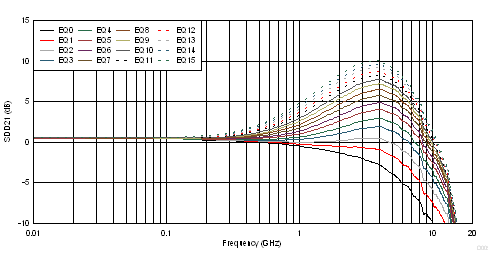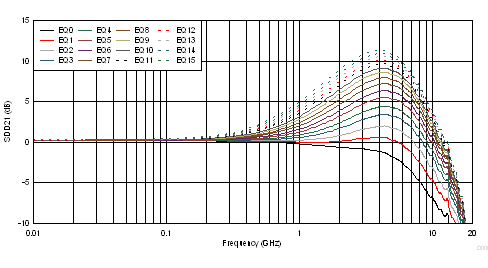SLLSEZ0E April 2017 – April 2018 TUSB544
PRODUCTION DATA.
- 1 Features
- 2 Applications
- 3 Description
- 4 Revision History
- 5 Pin Configuration and Functions
- 6 Specifications
-
7 Detailed Description
- 7.1 Overview
- 7.2 Functional Block Diagram
- 7.3 Feature Description
- 7.4 Device Functional Modes
- 7.5 Programming
- 7.6
Register Maps
- 7.6.1
TUSB544 Registers
- 7.6.1.1 GENERAL_4 Register (Offset = Ah) [reset = 1h]
- 7.6.1.2 GENERAL_5 Register (Offset = Bh) [reset = 0h]
- 7.6.1.3 GENERAL_6 Register (Offset = Ch) [reset = 0h]
- 7.6.1.4 DISPLAYPORT_1 Register (Offset = 10h) [reset = 0h]
- 7.6.1.5 DISPLAYPORT_2 Register (Offset = 11h) [reset = 0h]
- 7.6.1.6 DISPLAYPORT_3 Register (Offset = 12h) [reset = 0h]
- 7.6.1.7 DISPLAYPORT_4 Register (Offset = 13h) [reset = 0h]
- 7.6.1.8 DISPLAYPORT_5 Register (Offset = 1Bh) [reset = 0h]
- 7.6.1.9 USB3.1_1 Register (Offset = 20h) [reset = 0h]
- 7.6.1.10 USB3.1_2 Register (Offset = 21h) [reset = 0h]
- 7.6.1.11 USB3.1_3 Register (Offset = 22h) [reset = 0h]
- 7.6.1.12 USB3.1_4 Register (Offset = 23h) [reset = 23h]
- 7.6.1
TUSB544 Registers
- 8 Application and Implementation
- 9 Power Supply Recommendations
- 10Layout
- 11Device and Documentation Support
- 12Mechanical, Packaging, and Orderable Information
Package Options
Mechanical Data (Package|Pins)
- RNQ|40
Thermal pad, mechanical data (Package|Pins)
Orderable Information
6.10 Typical Characteristics
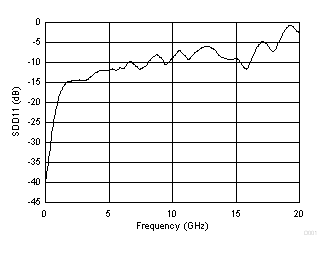
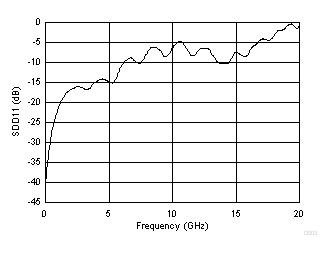
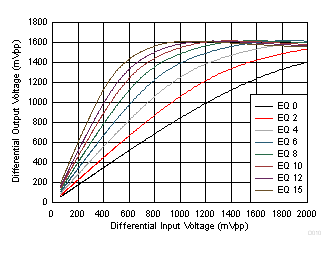
| 2.5 GHz |
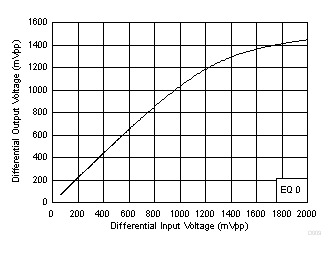
| 100 MHz |
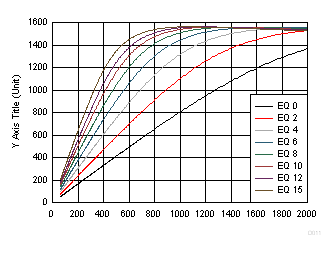
| 4.05 GHz |
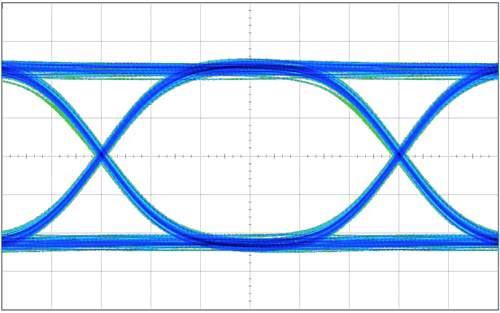
| Source | Data Rate: 5 Gbps | Swing: 1 Vpp | |
| Data Pattern: PRBS7 | |||
| Channel | Upstream-to-Downstream, 12 in 6 mil Input PCB Channel | ||
| Settings | EQ Setting: 7 | DC Gain Setting: 0 dB | |
| Linear Range Setting: 1100 mVpp | |||
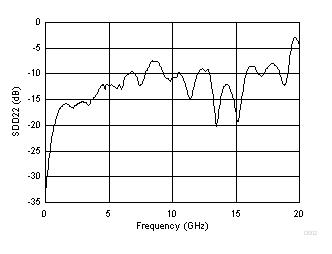
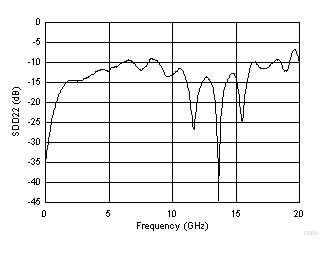
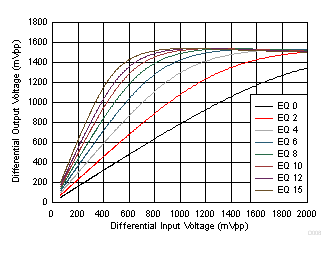
| 4.05 GHz |

| 2.5 GHz |
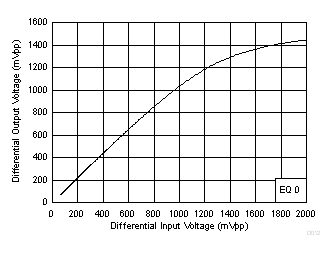
| 100 MHz |
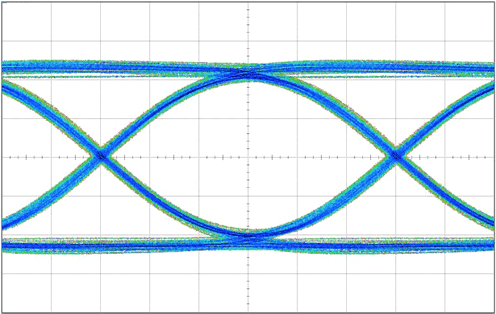
| Source | Data Rate: 8.1 Gbps | Swing: 1 Vpp | |
| Data Pattern: PRBS7 | |||
| Channel | Upstream-to-Downstream, 12 in 6 mil Input PCB Channel | ||
| Settings | EQ Setting: 7 DC Gain Setting: 0 dB | ||
| Linear Range Setting: 1100 mVpp | |||
